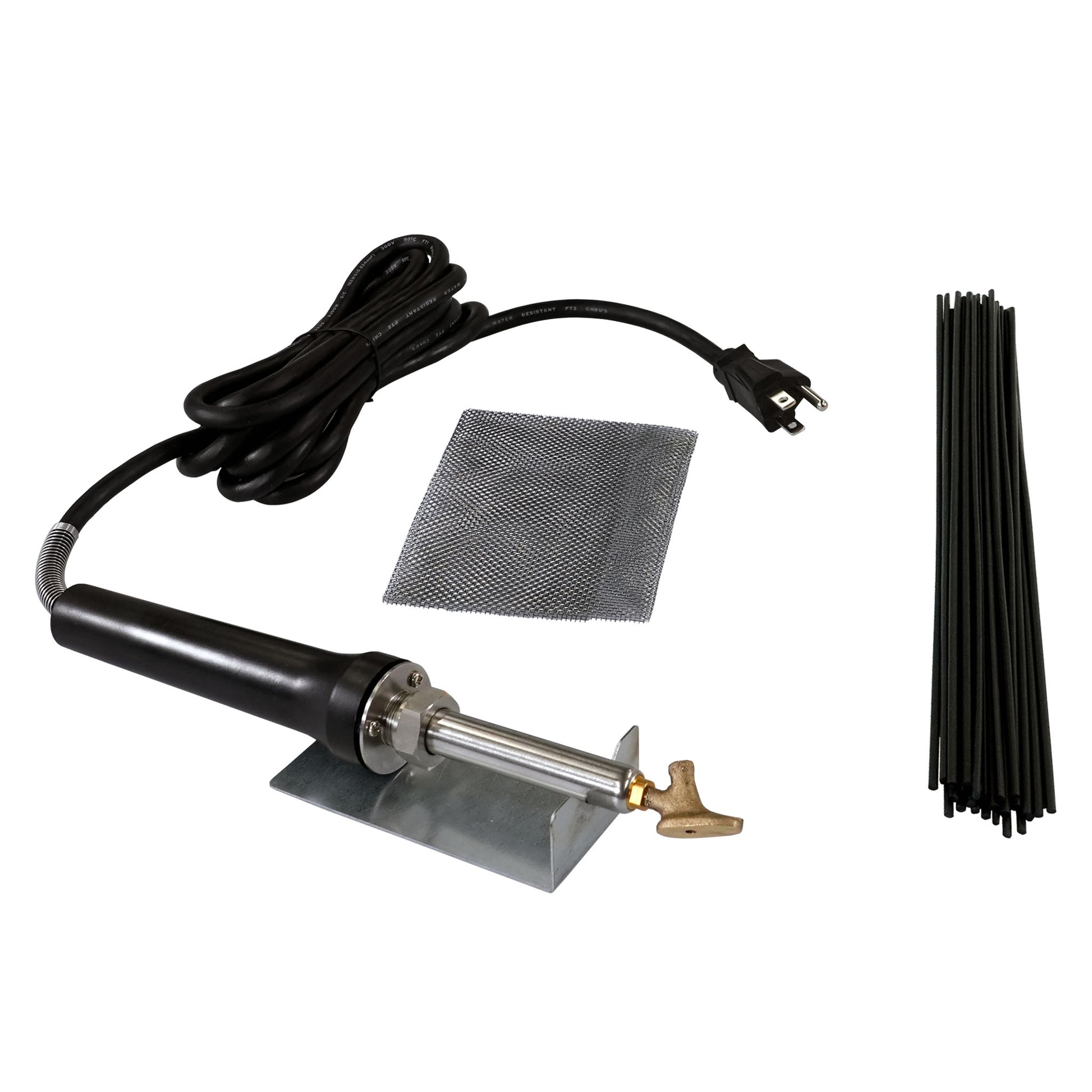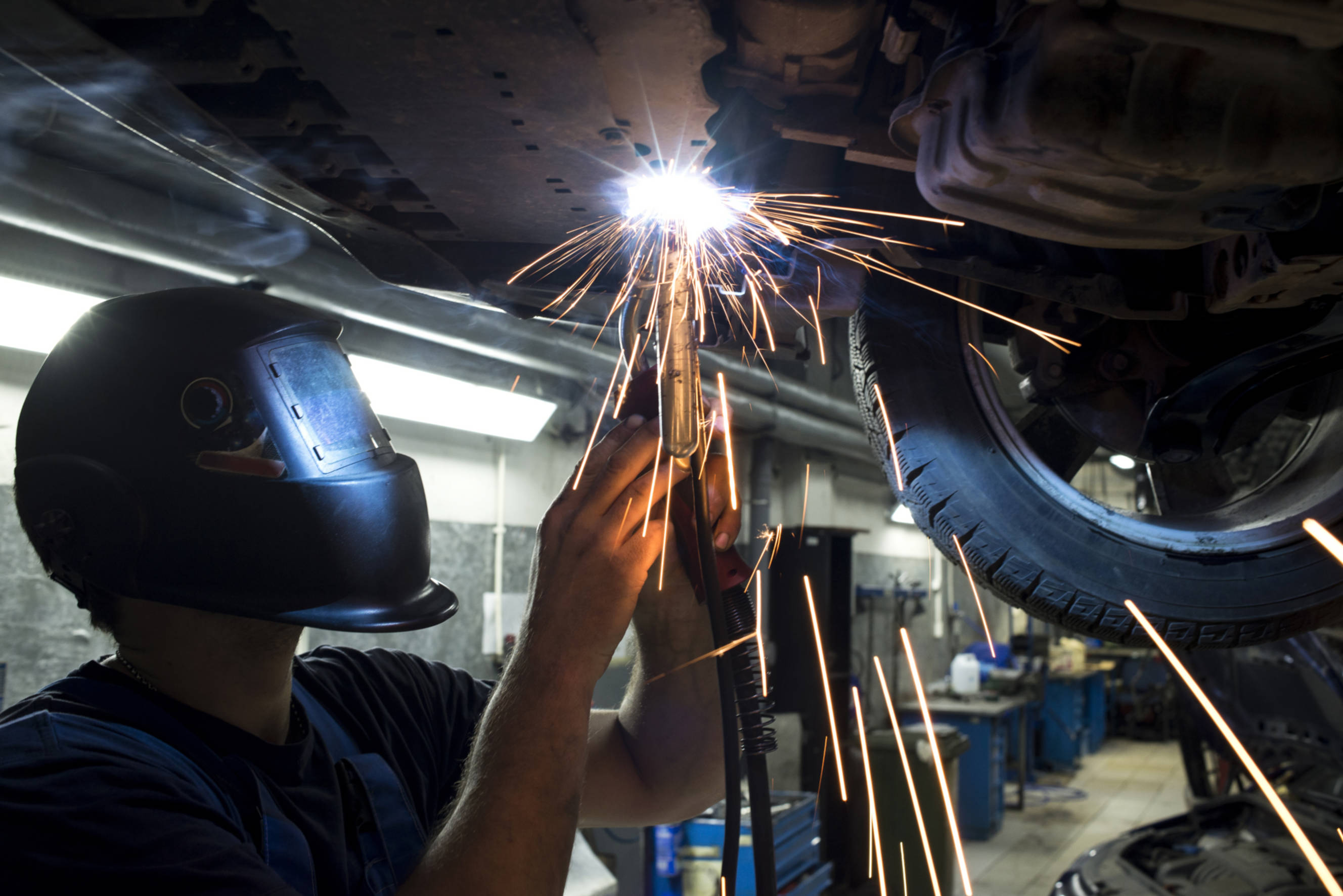Everything about Welding: Key Insights Into Techniques and Finest Practices for Success
Welding encompasses a range of techniques, each fit for details materials and applications. Recognizing these methods, such as GMAW, SMAW, and TIG, is necessary for attaining perfect outcomes. In addition, the right tools and security practices can not be neglected. As prep work and troubleshooting play essential roles in the welding procedure, understanding these elements can substantially enhance the quality of the last product. What are the essential aspects that guarantee a successful weld?
Recognizing Various Welding Techniques
Welding techniques encompass a range of approaches, each suited to details applications and products. Among the most typical strategies are Gas Steel Arc Welding (GMAW), Secured Metal Arc Welding (SMAW), and Tungsten Inert Gas Welding (TIG) GMAW, also understood as MIG welding, is popular for its speed and adaptability, making it perfect for slim products. SMAW, or stick welding, is preferred for its simpleness and efficiency in outdoor atmospheres, especially with thicker metals. TIG welding provides precision and control, making it suitable for detailed job and non-ferrous metals (Belgrade). Each strategy has its distinct advantages and factors to consider, permitting welders to choose the ideal approach based upon the task's needs, material kind, and preferred results. Comprehending these methods is vital for effective welding
Essential Welding Tools and Tools
While numerous welding methods require specific skills, the right tools and devices are similarly important for attaining top quality results. Necessary welding devices includes welding machines, which vary depending upon the technique-- such as MIG, TIG, or stick welding. Protective equipment, including aprons, handwear covers, and safety helmets, guarantees security and convenience during the process. On top of that, fixtures and clamps assist safeguard materials in position, guaranteeing precision in welds. Consumables like welding rods, cord, and shielding gas are likewise essential components that affect the quality of the weld. Tools such as mills and cutters promote surface area prep work and post-weld finishing, contributing to a specialist outcome. Spending in high-quality equipment eventually improves the performance and effectiveness of welding projects.
Safety Practices in Welding
Proper safety and security techniques are important in the welding industry to secure workers from potential hazards. Welders must wear appropriate personal safety tools (PPE), consisting of headgears with appropriate shading, gloves, and flame-resistant clothing. Sufficient ventilation is essential to reduce exposure to unsafe fumes and gases created during the welding process. In addition, employees must be learnt the correct handling of welding tools to avoid crashes. Fire safety measures, such as maintaining combustible products away from the welding location and having fire extinguishers easily available, are essential. Normal examinations of devices and workspaces can assist recognize possible risks before they lead to mishaps. By adhering to these security methods, welders can produce a safer working setting and reduce risks related to their profession.
Preparing Materials for Welding
Preparing products for welding is an essential step that significantly affects the high quality and stability of the end product (Montana Mobile Welding and Repair Fabrication). Appropriate prep work includes cleaning up the surface areas to remove contaminants such as dirt, oil, and rust, which can endanger the weld. Techniques such as grinding, sanding, or making use of solvents are commonly utilized to accomplish a tidy surface. Additionally, ensuring that the products mesh well is crucial; voids can lead to weak welds. It's likewise crucial to consider the positioning and positioning of the parts, as this will certainly affect the ease of welding and the final end result. Finally, choosing the proper filler product and making sure compatibility with the base steels is necessary for attaining solid, sturdy welds
Tips for Achieving High-Quality Welds
Achieving top quality welds calls for interest to detail and adherence to best methods throughout the welding process. Appropriate joint prep work is important, making sure surface areas are clean and cost-free from pollutants. Choosing the appropriate filler product and welding technique based upon the base metals is critical for excellent bonding. Keeping constant traveling rate and angle while welding can promote and protect against flaws harmony. Additionally, regulating warmth input is necessary; extreme warmth can cause warping and damaged joints. Frequently examining the welds throughout the process enables instant changes if necessary. Lastly, utilizing ideal post-weld treatments, such as cleaning and anxiety alleviation, can improve the durability and honesty of the weld, inevitably guaranteeing a successful result.
Repairing Usual Welding Issues
Welding usually presents obstacles that can influence the high quality and integrity of the end product. Typical concerns such as porosity, inconsistent weld beads, and overheating can arise, each requiring certain fixing strategies. Recognizing these troubles is more info vital for welders to improve their abilities and achieve suitable outcomes.
Porosity Issues Explained
Porosity can commonly be neglected, it stays a critical issue in welding that can jeopardize the stability of a finished item. Porosity describes the existence of tiny gas pockets within the weld grain, which can compromise the joint and lead to early failing. This issue commonly emerges from pollutants, moisture, or improper securing gas insurance coverage during the welding procedure. To alleviate porosity, welders ought to validate that the base products are completely dry and clean, utilize proper protecting gases, and preserve regular welding criteria. Regularly checking the tools and atmosphere can additionally help recognize prospective concerns prior to they materialize in the weld. Addressing porosity effectively is essential for attaining solid, durable welds that fulfill quality standards.

Inconsistent Weld Beads
Irregular weld beads can significantly impact the top quality and strength of a completed item. Numerous aspects add to this problem, including incorrect traveling rate, inaccurate amperage settings, and irregular electrode angles. When the welder moves also quickly, a bead might appear slim and do not have infiltration, while relocating as well slowly can cause excessive buildup. Furthermore, utilizing the wrong amperage can cause either damaging or extreme spatter, both of which compromise weld honesty. The welder's method, such as inconsistent torch activity, can likewise bring about irregular grain appearance. To reduce these problems, welders need to concentrate on keeping stable, regulated activities and making certain appropriate tools settings to accomplish harmony in their welds. Consistency is crucial to achieving trustworthy and solid welds.
Overheating and Bending Issues
Excessive warmth during the welding procedure can bring about considerable overheating and warping concerns, impacting the structural honesty of the workpiece. These issues often materialize as distortion, which can compromise positioning and fit-up, making additional assembly challenging. Elements adding to overheating include the option of welding parameters, such as voltage and travel speed, in addition to the type of material being bonded. To mitigate these problems, welders must keep regular travel speed and suitable warmth input while checking the work surface temperature level. Additionally, preheating or post-weld warmth therapy can assist reduce anxieties triggered by fast air conditioning - Montana Mobile Welding and Repair. Regular assessment and adherence to best techniques are vital in protecting against getting too hot and ensuring the longevity and dependability of bonded frameworks
Regularly Asked Inquiries
What Are the Occupation Opportunities in the Welding Market?
The welding industry supplies varied profession chances, including placements as welders, instructors, assessors, and engineers. Professionals can operate in production, building and construction, aerospace, and automotive fields, gaining from strong need and affordable incomes in numerous functions.
How Can I Improve My Welding Speed Without Sacrificing High Quality?
To improve welding rate without compromising high quality, one ought to practice effective strategies, maintain tools, optimize setups, and boost hand-eye sychronisation. Normal training and seeking feedback can also greatly add to accomplishing much faster, premium welds.
What Certifications Are Readily Available for Welders?
Many qualifications exist for welders, including those from the American Welding Culture (AWS), the National Center for Building Education And Learning and Research Study (NCCER), and various industry-specific organizations. These credentials improve employability and demonstrate ability effectiveness.
Just How Does Welding Affect the Residences of Metals?
Welding affects the homes of steels by modifying their microstructure, which can result in changes in ductility, hardness, and toughness. Heat input and air conditioning rates throughout the process substantially impact these product features.
Can I Bonded Dissimilar Metals Together?
